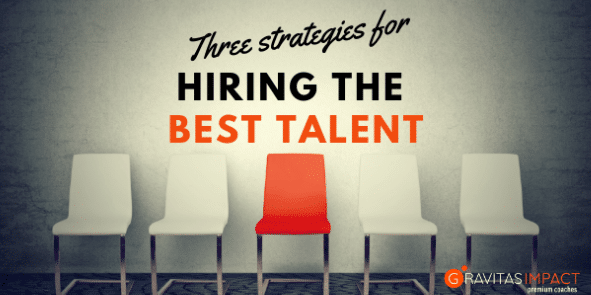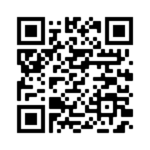
Choosing the right people for your team, especially your leadership team, is absolutely critical to the success of your company. However , building a strong band of problem solvers, critical thinkers, decision makers, and creators who align with, and can execute on, your company’s goals is not a quick and easy process. So here are three things to consider when recruiting talent for your business.
Be Balanced with Culture Fits
We hear a lot about workplace culture and hiring a good “culture fit” – and we should. A good cultural fit is someone who will reflect and adapt to your core beliefs, attitudes, and behaviors. that make up the heart of your company. This is incredibly important.
However, there’s much more to finding the right talent than just a culture fit. Patty McCord, former Chief Talent Officer for Netflix, spoke at length on this subject in an interview with Harvard Business Review back in January 2018. In regards to culture, Patty says,
“What happens with the ‘cultural fit’ thing is that most people go through this dialogue in their head: ‘I want to hire somebody who’s really smart, and I want them to be, you know, really excited about the work that we’re doing. I want them to be, like, really good at what they do. I want them to be just like me or just like me when I was younger, right.’
And so, like hires like hires like hires like, and then pretty soon you not only have everybody who is the same, looks the same, acts the same, thinks the same, but you don’t have controversy, and you don’t have diversity of opinion on the team, and then you don’t get as interesting stuff done, and you don’t look for people who might solve the problem differently than you.”
As Patty points out here, while a culture t is a good and necessary thing, too much focus on this can actually impede you from hiring the best people. You also want to find people who align with your company’s purpose – those who bring unique problem solving techniques to the table, who will challenge the company to move forward, and who possess the skills, talent, and knowledge for success.
Defined Roles & Clear Strategy Make For Better Hires
From the first line to the C-suite, every person in your company should have a clear idea of their role and responsibilities – as well as how that role contributes to the company’s core functions. As our friends at Executive Power point out, the 6 organizational issues you should dene when first forming your team are:
1. Core Purpose
2. Core Values
3. Business Definition
4. Strategy
5. Goals
6. Roles and Responsibilities
Even the best talent can be a detriment to progress if the role is unclear, and in order to ensure clarity for the role, you must first have clearly defined, achievable goals.
Achievable is a key word here. When you set goals you know are achievable –and when you map out the steps to take to get there – you get a better picture of the roles needed to achieve these goals, as well as the expectations for each of those roles.
Shannon Susko (a renowned business coach who will be at our PremiumLeadership Event this November) offers a 5 step process for developing these types of achievable goals on her blog, which she says she developed after years of doing it “the hard way.”
1. Meet with your leadership to collaborate on what the team wants to achieve. It’s important that the team decides, not the CEO.
2. Once the goals are what {she calls} “gutted out” – create a plan for the leadership team to map each step including how the goals will be achieved. The more detailed the better.
3. Once the mapping is complete – reconvene as a leadership team to discuss if the goals are achievable based on how the team mapped out planning including all the assumptions.
4. If the team does not agree with the approach or assumptions – have a bigger discussion around the assumptions and the end goals and look at adjusting one or the other.
5. Once the goals are agreed upon and there is a clear road map on how to achieve – these goals become ACHIEVABLE not a “wild ass stretch goal.”
From there, you can use these goals in the hiring process. You know what needs to be done, what steps need to be taken, and what role each person plays. You know that you’re not looking for someone to simply ll a job in your company, but someone who can move your company from A to B to C.
Build, Maintain, and Pull From Your Virtual Talent Bench
In today’s hyper-tech world, everything seems to move at the speed of light. So when you need to hire for key positions, especially in your leadership team, you want to be able to act quickly – as well as logically and responsibly. One way to do this is to always be ready with a virtual talent bench.
The virtual talent bench is an organizational method where you essentially create a pool of people you’ve vetted, worked with, and built a relationship with. Think of this the way a football coach might. To build a successful championship program, a good coach understands the need for a deep bench of talented players – and they never stop recruiting.
Having a virtual talent bench can help a great deal when it comes time to hire for a key position. Combined with clearly defined goals, you should be able to look to your talent bench and pull a few names of people you already know who can ll the necessary role.
We’ll link you to two great articles that discuss ways to develop your talent bench. One from MBO Partners and one from Keith Johnstone.
What other strategies do you use to seek out the best talent for your company? Have you tried any of the above? Let us know in the comments!
